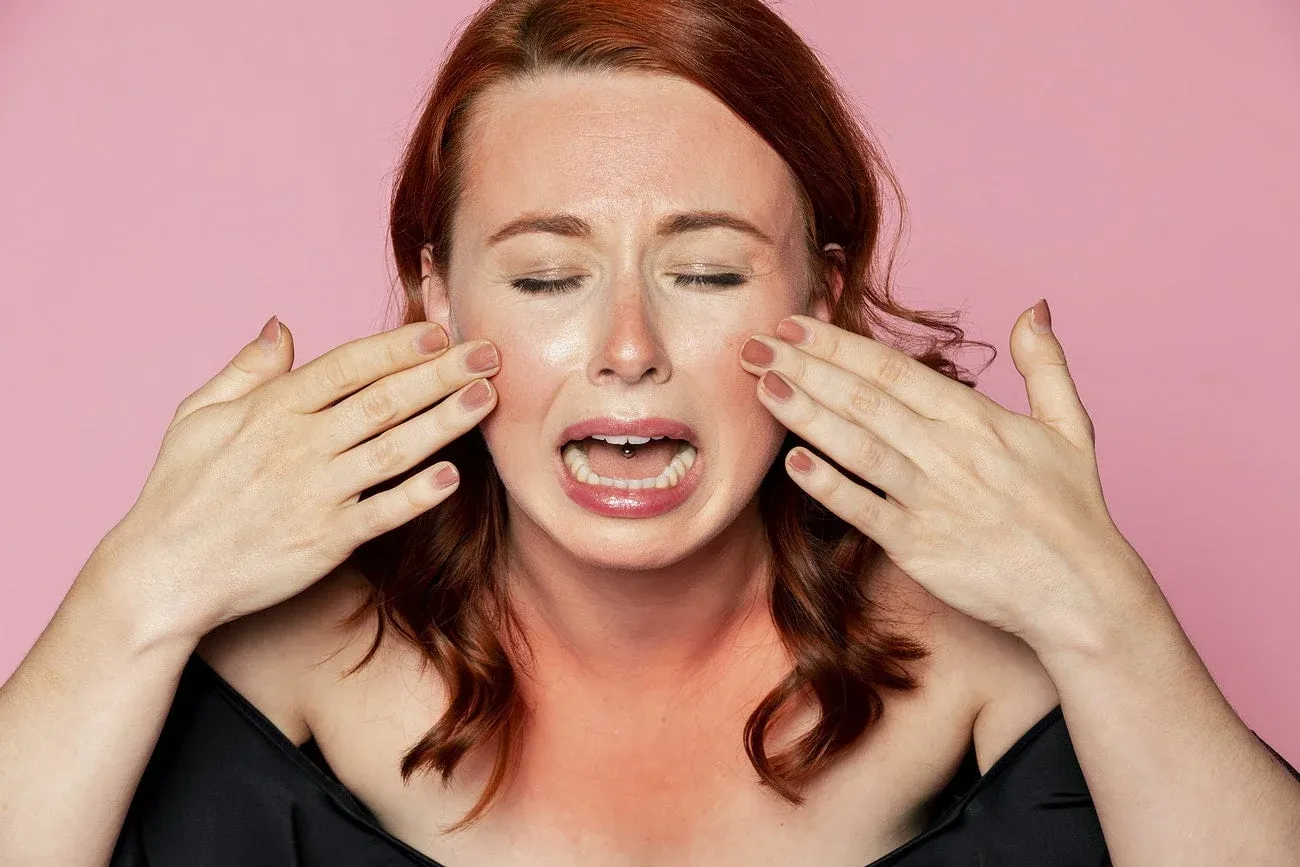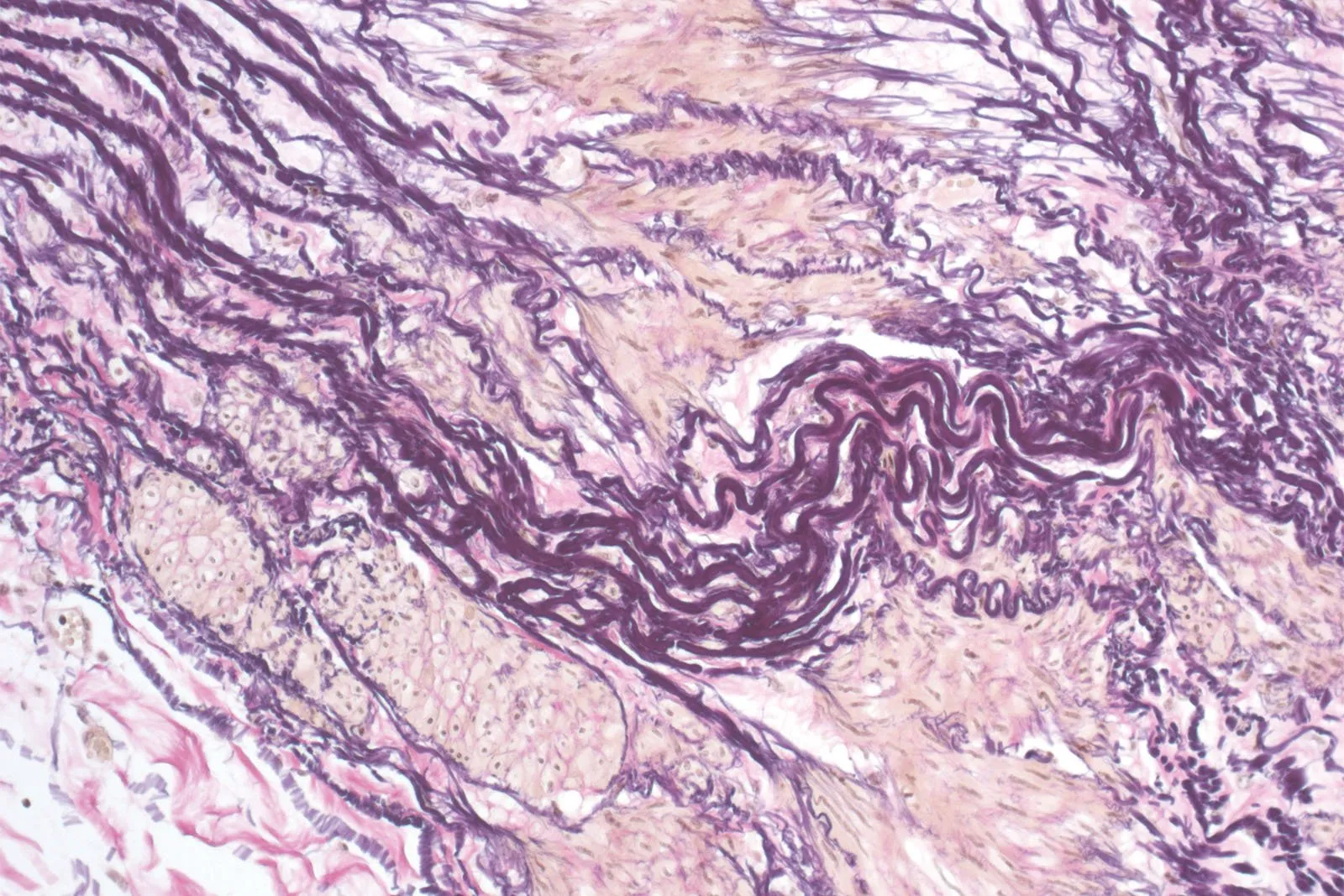Understanding your skin type can help you identify the products that will work best for you. This is why it’s so beneficial to have a skincare provider you trust to join you on your skincare journey. Your skin type can change seasonally, with age, or with health issues. It’s constantly evolving and changing.
So what is the difference between the five basic skin types? Let’s discuss.

Oily Skin
Oily skin occurs when the skin’s glands produce too much sebum, a waxy substance that helps keep the skin lubricated. An overproduction of sebum can lead to acne and clogged pores. This skin type would benefit from avoiding oil-based skincare products including makeup and makeup removers.
According to Olay skincare, you can tell if you have oily skin by these factors:
- Shiny and often has breakouts
- Less visible wrinkles
- Visible and enlarged-looking pores
- Make up may wear off easily
Normal Skin
Normal skin is the Goldilocks zone for skin types. It’s normally balanced. It’s neither too oily or too dry, it’s just right. You can tell if you have normal skin if it is not prone to breakouts, flakiness, has an even appearance and or has a tight feeling.
Sensitive Skin
Sensitive skin is a broad category covering skin that is more prone to react to stimuli. Usually irritated, fragile and dry can fall under this broad category. If your skin is sensitive, you will know when you put product on your face and it reacts in an unpleasant way. Stinging, burning, or itching when you put on certain kinds of makeup or facial products will tell you if your skin is sensitive to them. The typical allergic reaction symptoms are a good sign that you should find another product to use that is marked specifically for sensitive skin.
Dry Skin
Dry skin is usually caused by external factors such as weather, low humidity, hot water, etc. However some people just naturally have dry skin or are genetically prone to having it. Dry skin is especially common in women going through menopause. Dry skin is categorized as having flaky, fine lines, cracks, or rough and tight feeling skin. Oftentimes this can be mitigated by increasing water intake, but not always.
Combination Skin
Combination skin is both dry and oily. Usually the T-Zone is oily with the cheeks and outer areas being on the drier side. You may need to consider different products for different areas of your face. A heavier moisturizer for the dry areas and a lighter moisturizer for the oily areas, for example.
Are You Ready?
Our trained clinicians are available to assist you in learning what your skin type is and recommend the best products for you!
Contact us today to schedule your consultation to find out if one of our recommended products is right for you!





